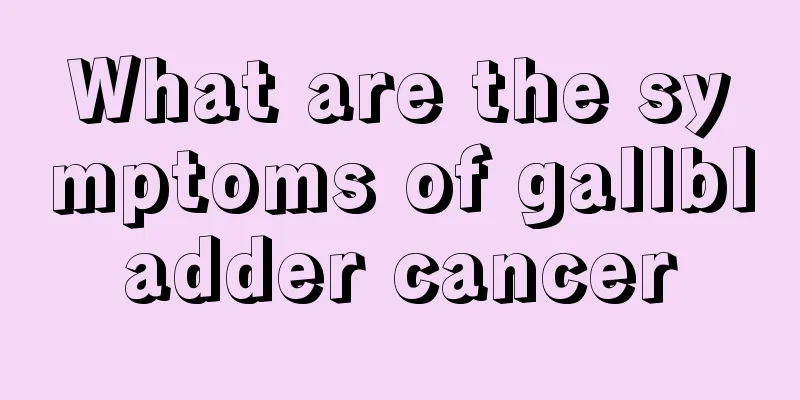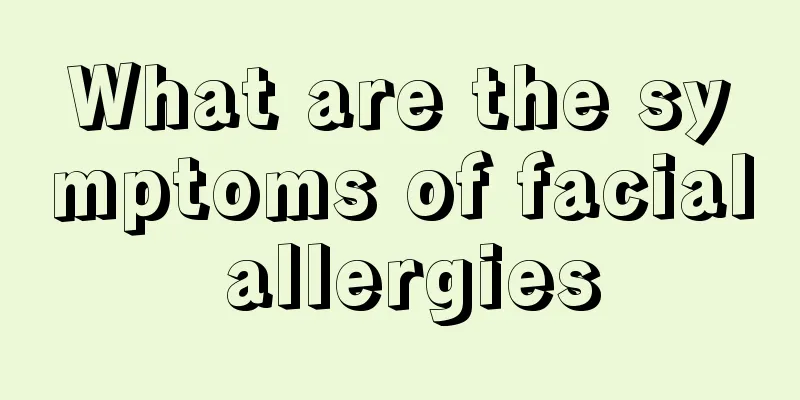What are the symptoms of gallbladder cancer

|
The symptoms of gallbladder cancer are generally manifested as follows: Digestive tract symptoms: Most patients experience indigestion, aversion to greasy food, belching, and decreased appetite, which is due to gallbladder dysfunction and inability to digest fatty substances. Right upper abdominal pain: Most patients have gallstones and thus present similar symptoms to gallstone cholecystitis, with discomfort in the right upper abdomen followed by persistent dull pain or dull pain, sometimes accompanied by paroxysmal severe pain radiating to the right shoulder. Right upper abdominal mass: About half of the patients have a mass in the right upper abdomen or upper abdomen, most of which are enlarged gallbladders. Jaundice and skin itching: They often appear in the late stage of the disease, due to the invasion of bile duct by cancerous tissue or the compression of bile duct by metastatic lymph nodes, causing bile duct obstruction. The bile secreted by the liver cannot be discharged smoothly into the intestine, and then refluxes into the blood, showing yellowing of the skin and mucous membranes, most of which are accompanied by difficult-to-relieve skin itching, especially at night. Fever and weight loss: Some patients have fever, mostly due to secondary bile duct infection. Late-stage patients are often accompanied by weight loss and even cachexia. Right upper abdominal mass: A relatively smooth and enlarged gallbladder can be felt in the right upper abdomen. When there is no adhesion to the surrounding tissue, it is highly mobile. When there is adhesion to the surrounding tissue, several masses can be felt, and sometimes an enlarged liver or a mass of duodenal obstruction can be felt. In nearly half of the cases, a mass can be felt in the gallbladder area of the right upper abdomen at the initial diagnosis. Some parts are hard and have a nodular feel. This mass is the gallbladder. Occasionally, due to obstruction of the cystic duct, the gallbladder may have water accumulation or abscess formation, and tenderness and rebound pain in the gallbladder area may occur. Its signs are very similar to those of acute cholecystitis or obstructive cholangitis. Jaundice manifests itself in yellowing of the mucosa and skin. The yellowing is more severe and is mostly obstructive. Once jaundice occurs, the gallbladder cancer lesions are mostly in the late stage. Signs caused by metastasis: In some cases of gallbladder cancer, metastatic lymph nodes can be felt above the clavicle, and metastatic masses in the breast and other places may also appear. In advanced cases, portal vein compression may cause gastrointestinal bleeding, ascites, and liver failure. Emaciation: Most cases of gallbladder cancer show gradual emaciation, weight loss, fatigue, and cachexia. |
<<: Symptoms of gallbladder cancer patients before death
>>: Symptoms of advanced primary gallbladder cancer
Recommend
Throat inflammation and itchy ears
In autumn and winter, when the weather is dry, pe...
What are the symptoms of lymphoma and how should it be treated
What are the symptoms of lymphoma and how is it t...
Will pregnancy be affected after ovarian cancer?
As the social environment continues to change, th...
Is it good to wash your hair in the morning?
Many young people always wash their hair in the m...
How much does chemotherapy for throat cancer cost?
At present, the treatment of laryngeal cancer inc...
What to do if your toe is bitten by a mosquito
As for summer, although many people like this sea...
Is a heart rate of 69 normal?
Generally speaking, there are many reasons for ab...
Dietary adjustment after liver cancer surgery
Liver cancer patients need to pay attention to di...
Why do I always have nosebleeds in the morning?
In daily life, some people will experience nosebl...
How to treat gonorrhea? 5 important points to note
In today's era of sexual openness, gonorrhea ...
How to make hard hands soft
There are many reasons for stiff hands, including...
How to recover from moderate myopia?
Speaking of the phenomenon of myopia, it is indee...
Pancreatic cancer can be divided into three types according to the site of onset
The pancreas is an inconspicuous small organ deep...
What to do if the pepper on the back of your hand is spicy
The substance that produces the spicy taste in ch...
Clear nasal discharge first, then yellow nasal discharge
In daily life, we often catch colds. If the cold ...









